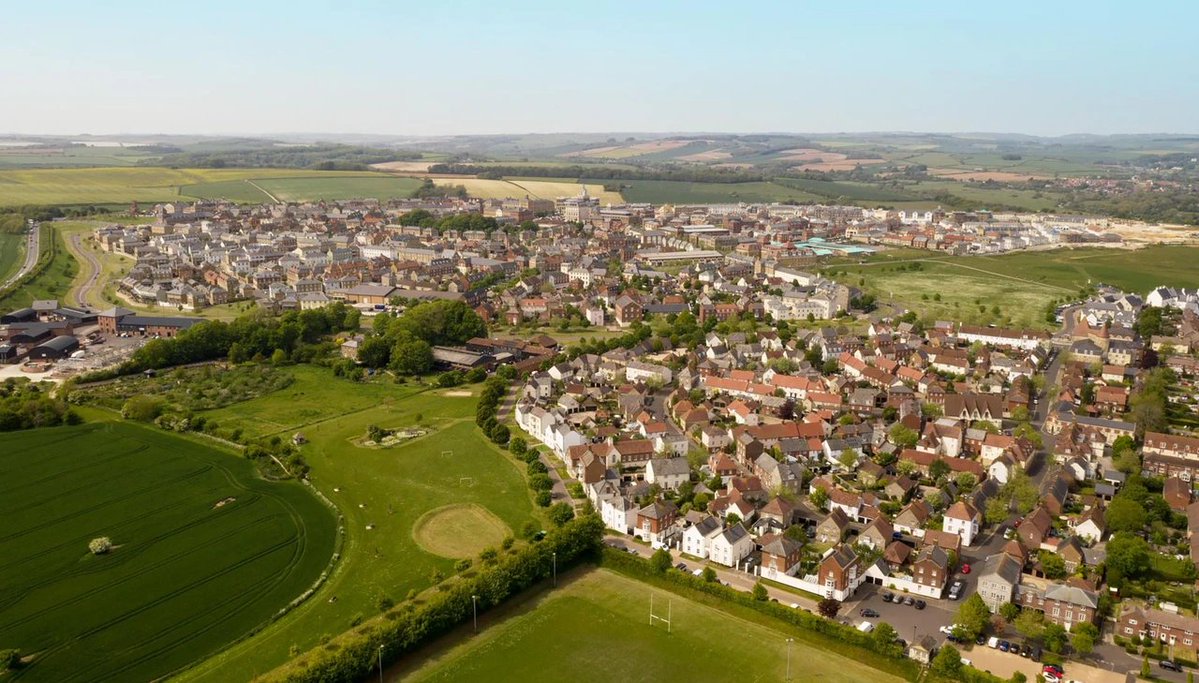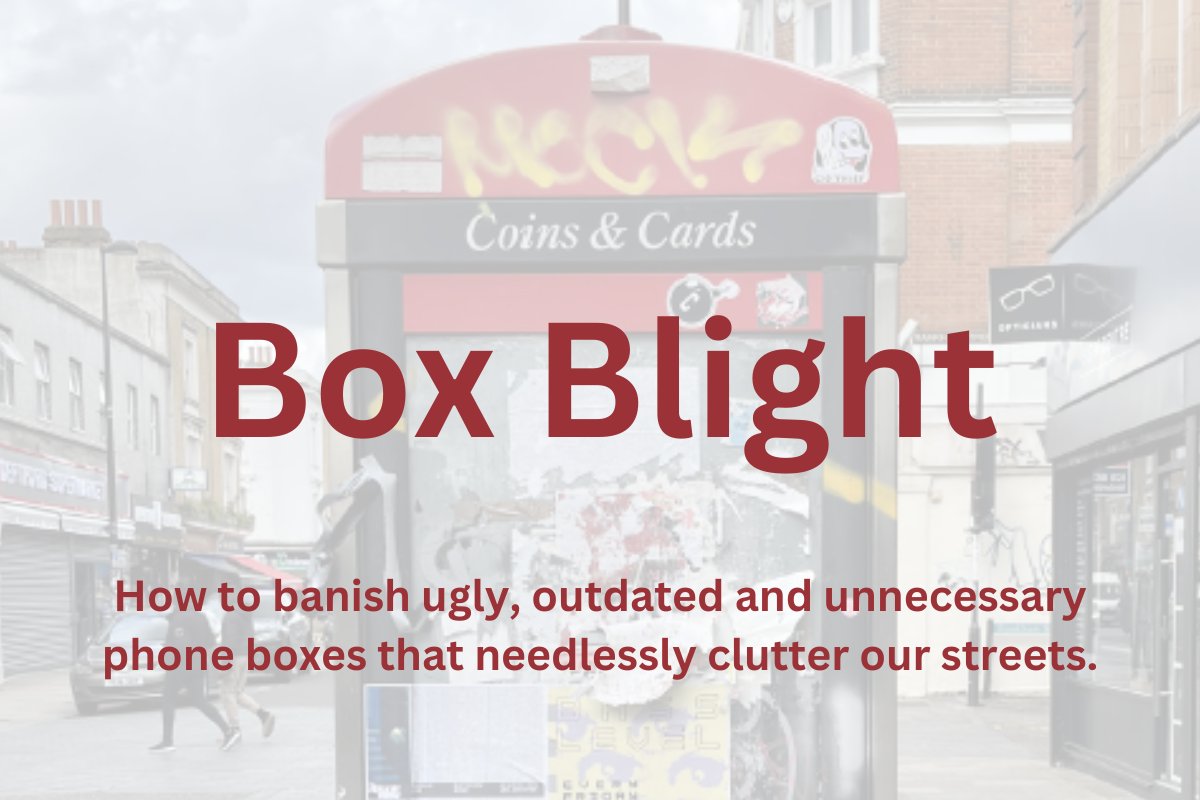#JaneJacobsWasAJedi
In honour of the happy elision of #JaneJacobsDay and #MayThe4thBeWithYou here is Jane Jacobs during her period on the Jedi Council. As is well known....
In honour of the happy elision of #JaneJacobsDay and #MayThe4thBeWithYou here is Jane Jacobs during her period on the Jedi Council. As is well known....

... she battled Sith Lord DarthMoses about the routing of new dual airway skyways through city centre Coruscant .... 

... and thankfully saved much of the city from being turned into a highways for air-cars. #Phew
Images of #JaneJacobsWasAJedi via @HotpotHelper
For those who have no idea what we're talking about...
Images of #JaneJacobsWasAJedi via @HotpotHelper
For those who have no idea what we're talking about...

Jane Jacobs was an important writer on cities, prosperity and planning in the 1950s and 1960s whose seminal book #TheDeathAndLifeOfGreatAmericanCities first highlighted the immense harm that traffic modernism was inflicting upon the liveability & prosperity of traditional towns.. 

... for daring to speak truth to a design, planning & development establishment that doing immense harm with perfect assurance she was called... 

... by planners & architects a "crazy”, “militant dame”, “housewife” writing “trash”, “junk” & “bitter coffee-house rambling.” She was attacked for opposing modernist “anti-city estates” but (thank heavens)...
... she helped prevent the Lower and Mid Manhattan Expressways which would have destroyed much of Midtown Manhattan .. 

This was a key part of the process whereby the post-war public realised that a city of fast roads and #TowersInThePark was not what they wanted. You can learn more in this fascinating film: en.wikipedia.org/wiki/New_York:…
Or you may have heard about the excellent play #StraightLineCrazy by David Hare. It starred Ralph Fiennes who played Jacob's nemesis Robert Moses (who was not really a Sith Lord!)... en.wikipedia.org/wiki/Robert_Mo… 

Jane Jacobs's work is now widely praised. However do city councils, planners, designers and architects really follow her ideas or just play lip service to them? And were her ideas correct? Our founder...
... @boys_nicholas will be #BackTesting Jane Jacobs's work against recent research at @GardenMuseumLDN
event with @EvanHD to celebrate Jane Jacobs's birthday this evening: gardenmuseum.org.uk/events/jane-ja…
event with @EvanHD to celebrate Jane Jacobs's birthday this evening: gardenmuseum.org.uk/events/jane-ja…
Was Jane Jacobs right?
Can you back test her work with modern research?
Was she a Jedi?
All will be revealed at @GardenMuseumLDN tonight...
Can you back test her work with modern research?
Was she a Jedi?
All will be revealed at @GardenMuseumLDN tonight...

• • •
Missing some Tweet in this thread? You can try to
force a refresh


















